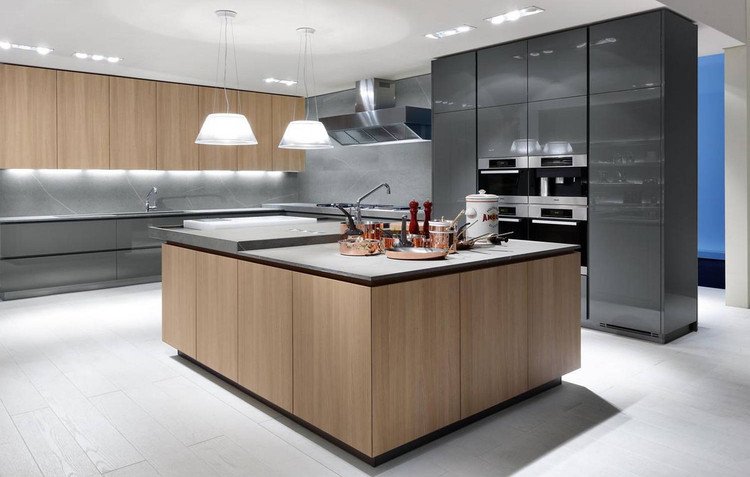Research and development (R&D) surrounding kitchen technologies and their capabilities is helping to rapidly evolve commercial kitchen spaces. But why is this needed? How is it being integrated? And can your commercial kitchen follow suit?
Let’s kick off with a quick recap of what R&D is, before delving deeper into the relationship between R&D and the development of the commercial kitchens of tomorrow.
What is R&D?
R&D is a term used to describe projects with a distinct focus on innovation.
Providing a project meets certain eligibility criteria, businesses conducting these projects may be eligible for R&D tax relief - a government funded financial subsidy that incentivises innovation and industry evolution.

Why is R&D needed in commercial kitchens?
Business undertaking qualifying R&D projects must be able to prove they have faced a degree of scientific uncertainty. In other words, they must face a challenge that can only be overcome through expertise, methods or processes not yet readily known.
How does this apply to commercial kitchens? Well, restaurants and caterers are facing tighter profit margins than ever before as a result of rising associated costs. In the UK, the costs associated with ingredients and shipping are set to increase further still following the official withdrawal from the EU in 2021.
These escalating costs mean commercial kitchens face one common problem (or ‘uncertainty’): how can restaurants effectively manage these additional expenses to avoid passing the cost on to the customer?
Enter R&D….
How is R&D being utilised in commercial kitchens?
Kitchen manufacturers are looking to utilise the latest in kitchen technologies as a means of creating a more efficient and cost-effective commercial space. This includes, but isn’t limited to:
Increased energy efficiency
Spurred by the determination to cut costs, as well as wider social pressures to improve the sustainability of everyday practices, commercial kitchen manufacturers have looked to improve the energy efficiency of kitchen tech.
One approach has been to improve the science of commercial ovens through reimagining the capabilities of catalytic converters. Contemporary commercial ovens are now available with smoke, grease and odour-emitting properties, meaning commercial kitchen spaces no longer require separate ventilation systems. This drives down the overall energy usage of a commercial kitchen, as well as the costs associated.
Greater order capability
Of course, the easiest way to increase profit margins is to fulfil more orders. To do this successfully means utilising the latest in kitchen tech to manufacture products that provide the same service at a greater capacity.
For example, developing combination ovens to replace traditional skillets and grills is an effective way of finding efficiency through innovation. By establishing a means of achieving the same cooking conditions while increasing your capacity, kitchen manufacturers can help to cut the costs of commercial kitchens without having to rely on a reduction in quantity or portion size.
An alternative avenue to explore is automation. With the power and potential of automated tech increasing day by day, look to research and develop efficient automated commercial kitchen tools and appliances to help reduce labour costs and improve the efficiency of your service.
If you’re a kitchen manufacturer working on commercial spaces, there’s plenty of scope for you to pursue qualifying R&D projects. Need a hand understanding where to start? Get in touch with the experts at Lumo - we’re always happy to help guide you through the application process.